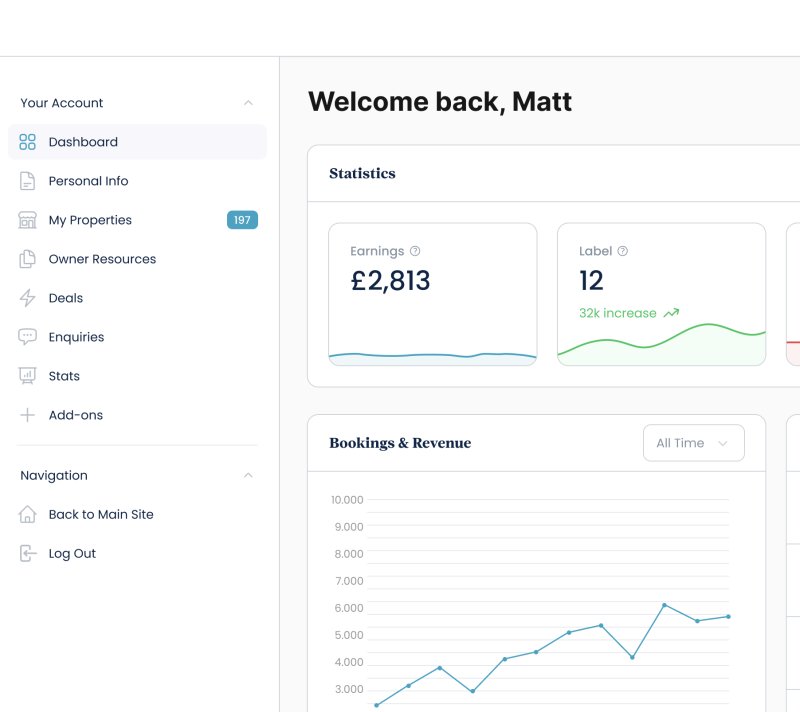Blogs /
10 tips for writing an effective blog post
Writing a blog post that goes places isn’t as easy as you’d think. As simple as words on a page might seem, there’s much more that goes into it than you might expect.
If you end up writing a blog that strikes the right chord, the results can be fantastic; brilliant lead generation, great customer conversion and an establishment of your business & brand as a tour de force of your sector.
So, blogging is 100% worth it.
We’ve put together 10 handy tips that can help you write a really effective blog post that will draw your audience in, get your message out and (hopefully) persuade them (and search engines) that your business, solution or brand – is best.
1. Know who you’re talking to
Write to your target audience. However great your content may be, you simply won’t succeed if you don’t consider the demands (and expectations) of your readers.
2. Do your (keyword) research
Some basic knowledge of SEO is incredibly valuable here. If you know your business or subject well enough, you probably have a good idea of what customers are likely to be looking for. Reverse engineer what you’d like to be found for, and use that as a foundation of your blog post content to connect to your audience’s searches.
3. Find your topic and post type
Using some inspiration from the previous tip – based on your audience, you should now have a better idea on what topics you should focus on, based on relevant keywords.
4. Outline what you want to say
Start out with a rough outline. Give it a working title, headline and sketch out an intro/summary of what the blog post will be about. Then, go for it. Let it flow – and remember you can tidy things up afterwards.
5. Write the blog post
Pay special attention to your introduction. This is where you have to pique your reader’s interest and let them know what the post aims to deliver.
Also, don’t forget a proper heading structure. H1 & H2s etc are important in conveying importance, focus and page hierarchy.
6. Get the tone right
Make sure you give your content the right tone, so that it doesn’t jarr with your readers. If you’re more corporate, like a financial firm – write in that way. If you’re a friendly web agency – a more relaxed & natural tone would probably be best.
7. Make sure it’s ‘skimmable’
When writing content, you should always pay special attention to your reader’s ability to skim through it and get the jist of it, without having to read it word-for-word.
8. Do it with style
Time to pay attention to the visuals that will make the content pop where needed.
By complimenting your copy with images and infographics, this will help articulate and illustrate the main points you’re trying to make. Blog posts with well chosen images that relate to the content are considerably more likely to be seen more than those without a visual element.
9. Add better meta
With the copy and images in place, the final touches on the blog post consist of the metadata you need to add for accessibility, to get that first click, and for your site to be crawled by Search Engines to rank it on relevance.
10. What next?
It’s now time to press that ‘Publish Now’ button and set it live. Many hours may have gone into crafting a blog post, but what good is it if nobody knows about it?
You can’t simply publish it, cross your fingers and hope for the best… Instead, you should consider using three times as much time promoting the blog as you did writing it. That means just a few social media posts about it won’t be enough. You need to really go for it to get it out there!
Your blog is an asset and it needs to be read.













